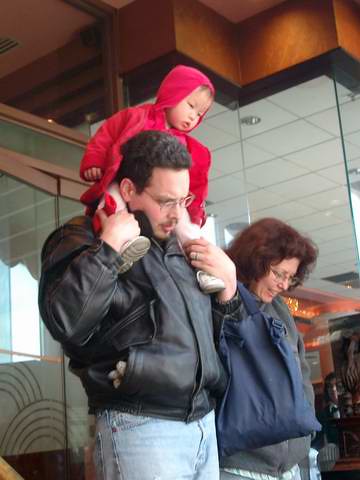🦋 Thinking about the viola d'ottone
The instrument will consist of a round metal dome (either steel or more likely, brass) as a soundboard, a neck and dowel cut from one piece of wood (most likely, cherry)*, steel strings, and a maple bridge, most likely one made for a treble viola da gamba. The significance of the dome shape is, that the bridge can sit on or close to the center of the soundboard, for maximum resonance, without the edges of the pan interfering with the bow stroke.
The scale length will be about 20". Four strings, with tuning of a tenor violin -- G2, D3, A3, E4. I will use strings from a fractional cello for the lower 3 and a full-size cello E string for the top string. (E string for fractional cello doesn't seem to be manufactured anywhere, and the luthier I contacted to ask about it recommended using the full-size string.)
I have a steel wok. I believe the metal is too thick for it to resonate well. I also think it would be possible but quite difficult to grind the metal at the center of the disk thinner using an angle grinder. No guarantee this would increase the resonance but my hunch is it would. I have also ordered a brass wok, which has not arrived yet; I'm thinking it will be the thing to use -- accordingly I'm referring to the instrument as a "brass viol". The arch shape of the brass pan seems like it will be better for sound and for attaching a lining. If there is any question of grinding the pan's thickness down brass must be a lot easier to grind away than steel. Also brass wins for the pretty factor.
I'm planning to build the rest of the instrument besides the back and rough-string it to see what it sounds like prior to carving the back.
Slowly assembling the materials I'll need for this.

- soundboard: brass pan
- ✓ wood for neck
- fingerboard, nut
- ✓ wood for brace
- tailpiece
- pegs
- ✓ bridge
- strings
- ✓ wood for back
- ✓ purfling for back
- soundpost
* Also I think I will need a brace at the bottom of the pan, which I'll make from basswood or willow.
posted afternoon of Wednesday, January first, 2020
➳ More posts about viola d'ottone
➳ More posts about Projects

Got the bridge -- it looks just right. A bridge for treble viola da gamba:

(I initially ordered a bridge for bass viola da gamba, not realizing how big it is, and a viola bridge, which is nearly as wide as the da gamba bridge but not as tall, and has its feet shaped different.)
posted afternoon of January 16th, 2020 by Jeremy Osner

Got a 1/4 cello tailpiece (and gut). Not sure if this is the right thing, but working with it for now. (Update, no, it is much too long. Probably will use a violin tailpiece.)
Got wood for the neck and for braces -- a 10' long piece of 8/4 cherry, straight grain, mostly heartwood. 7 1/2" wide, far more wood than I need. There is a knothole near one end. I cut a 5 1/2' length which is clear.
posted afternoon of January 20th, 2020 by Jeremy Osner
|






